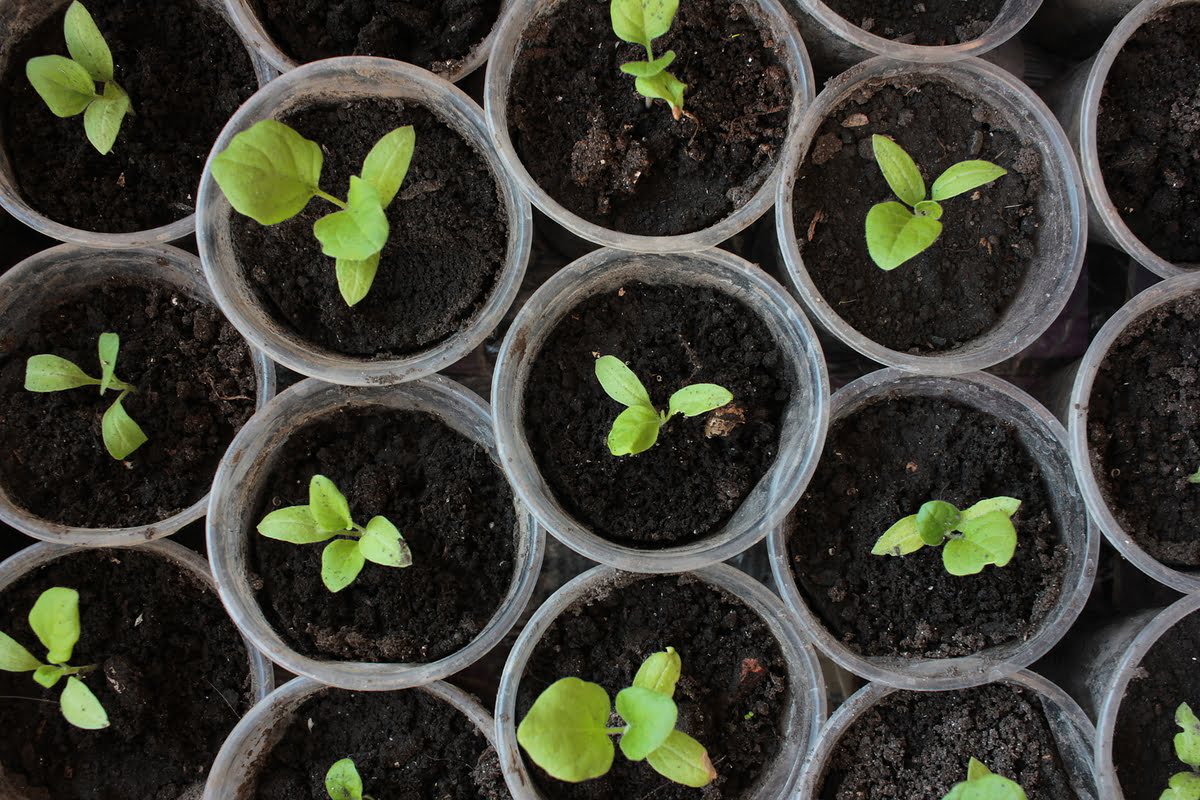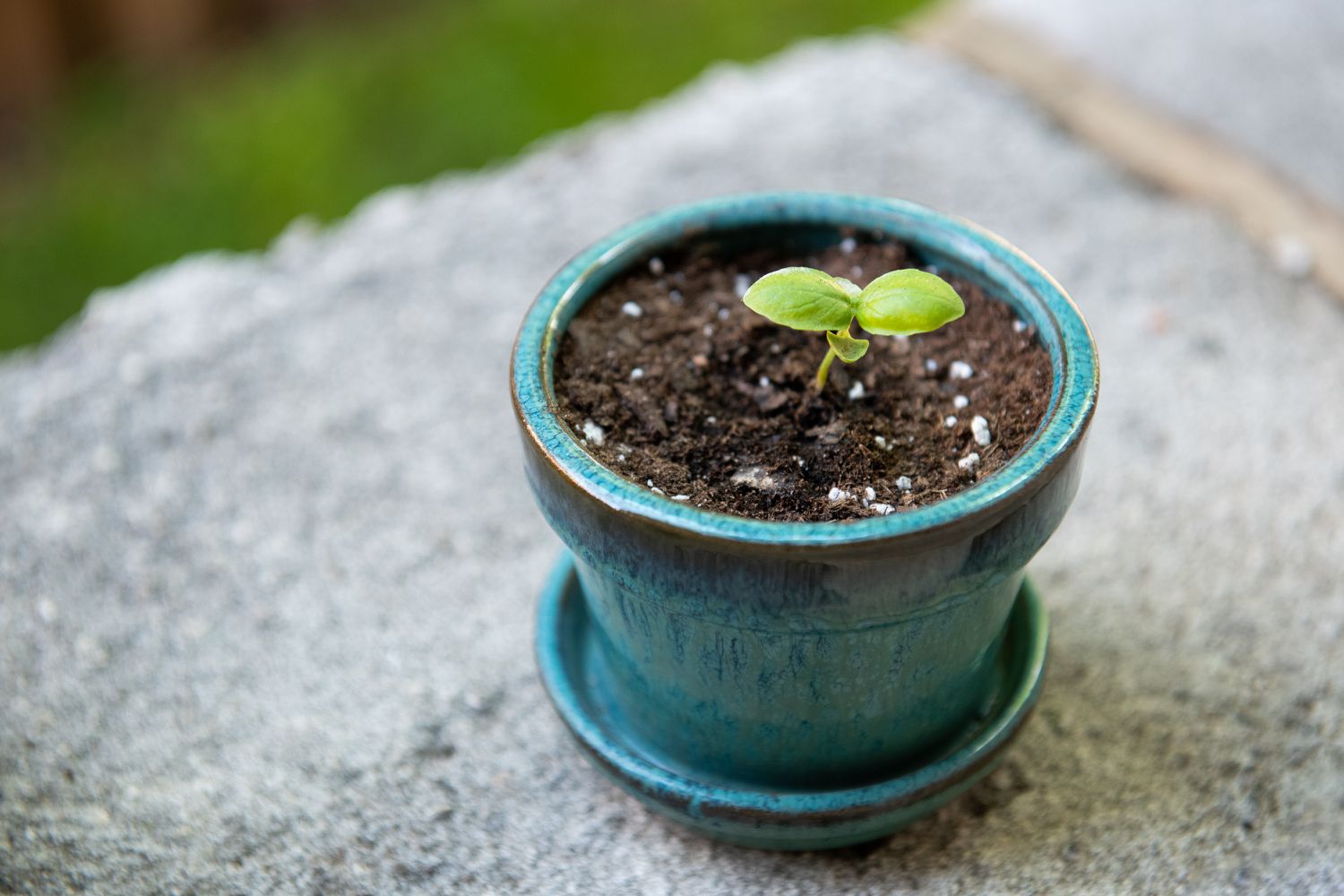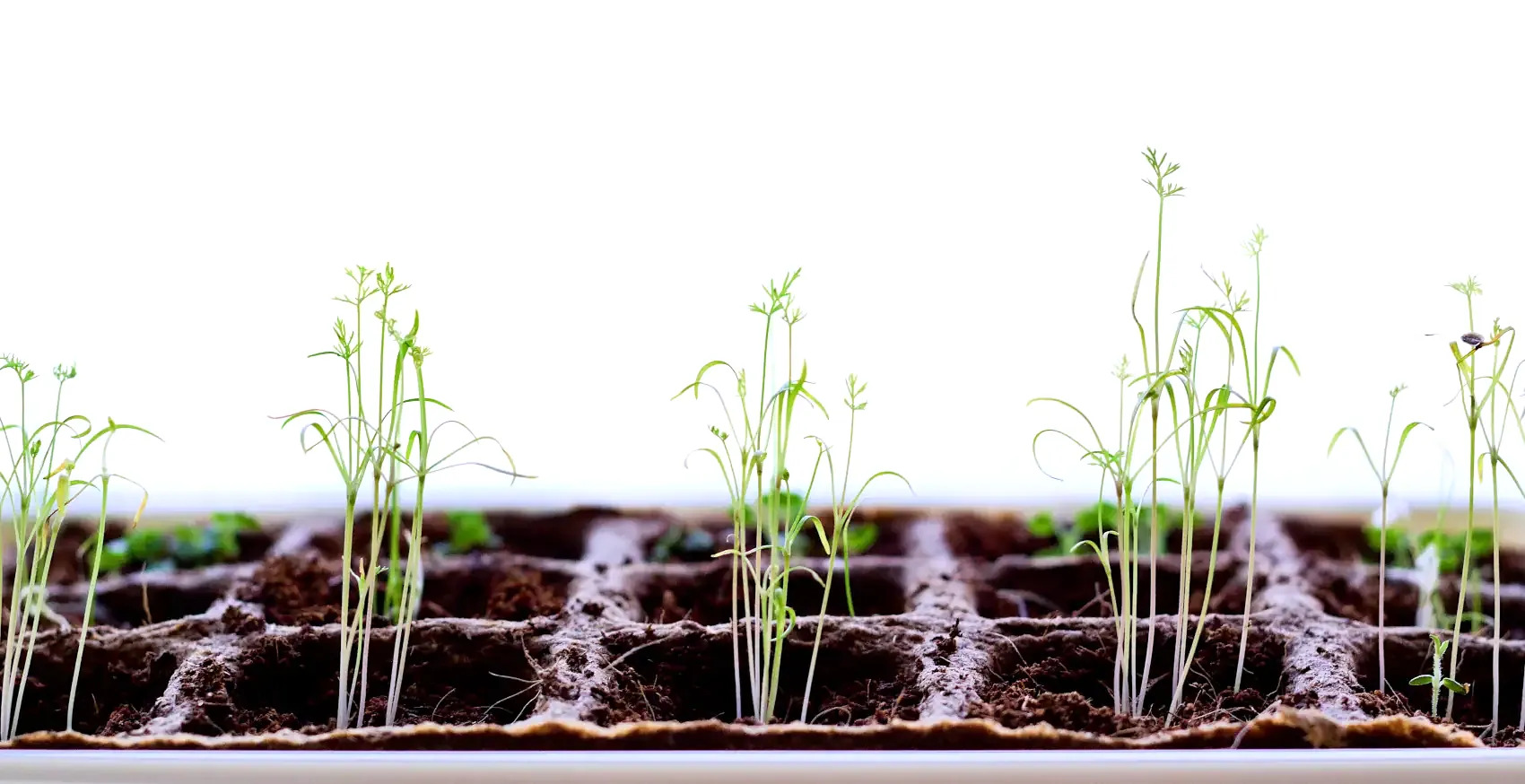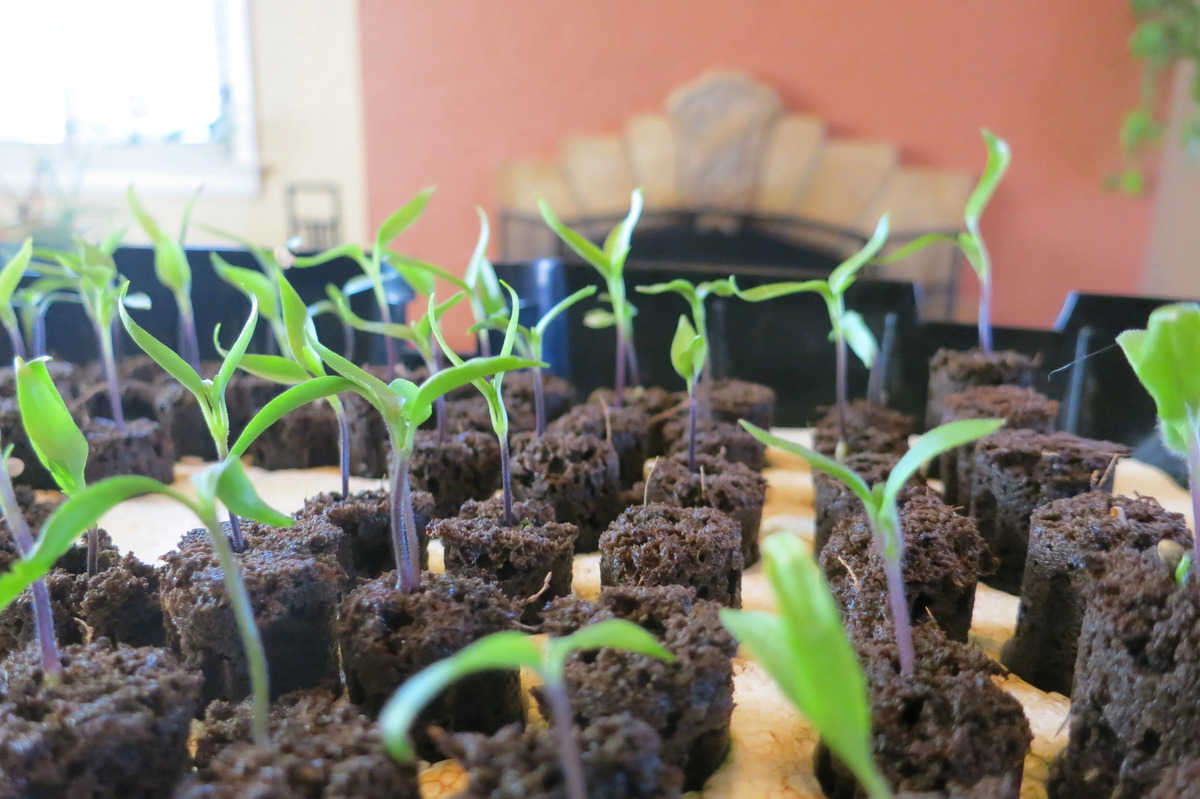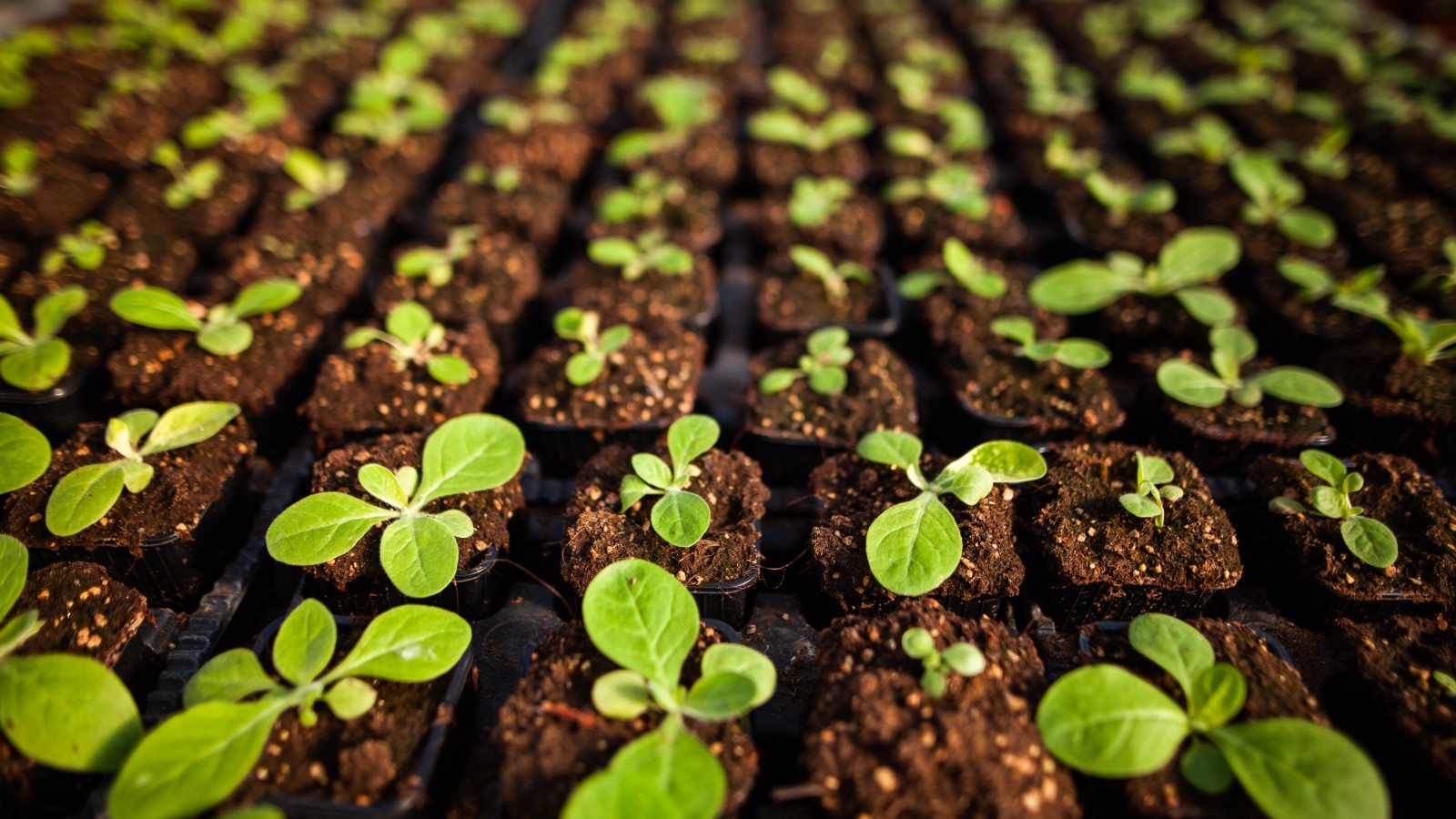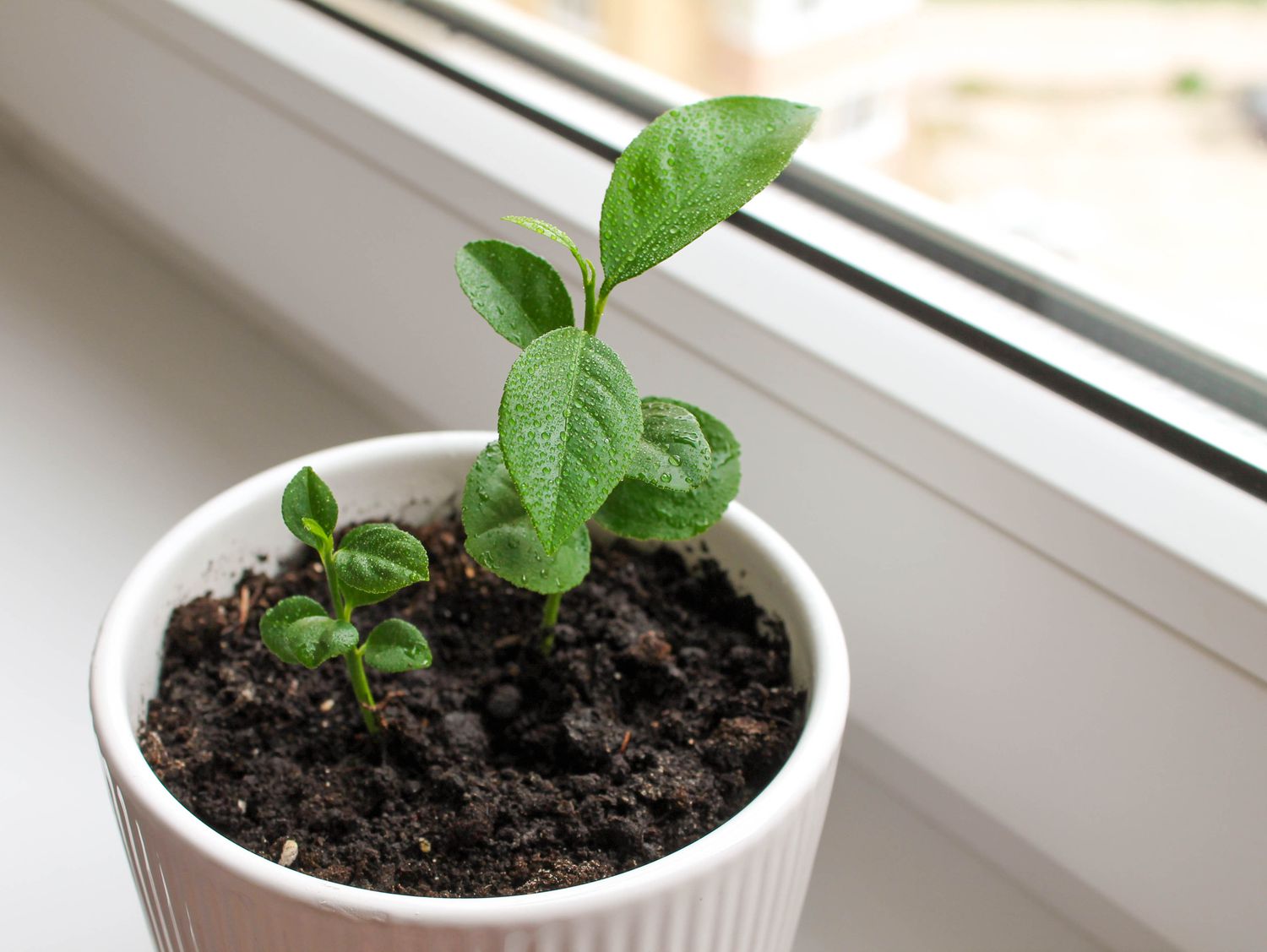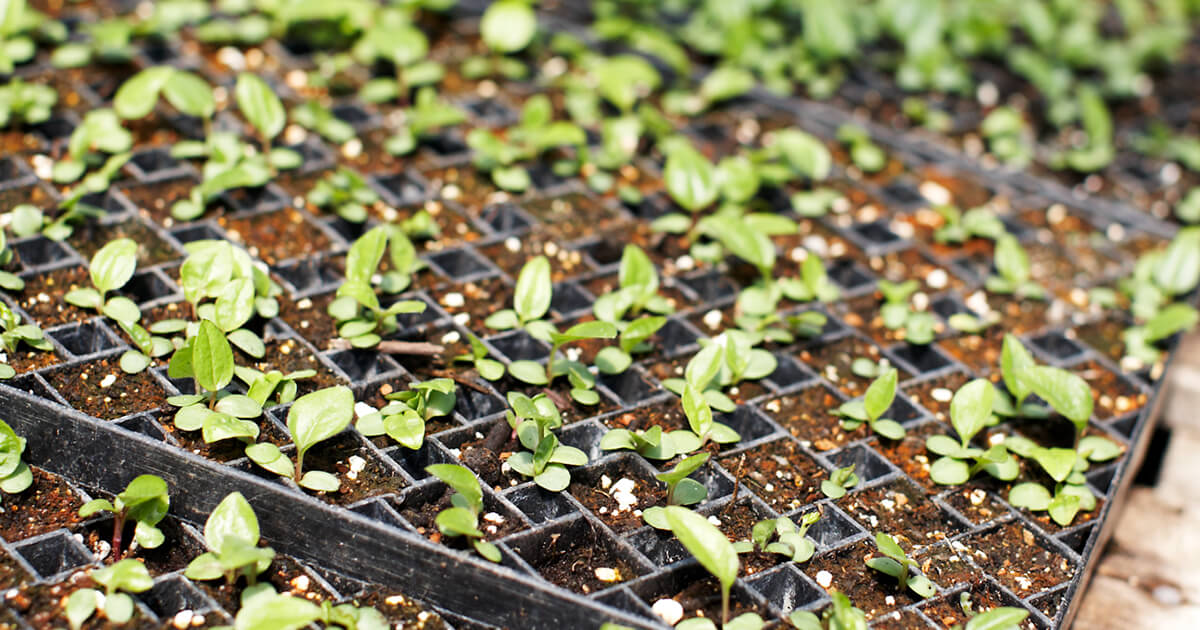Home>Types of Gardening>Edible Gardening>When To Thin Cilantro Seedlings
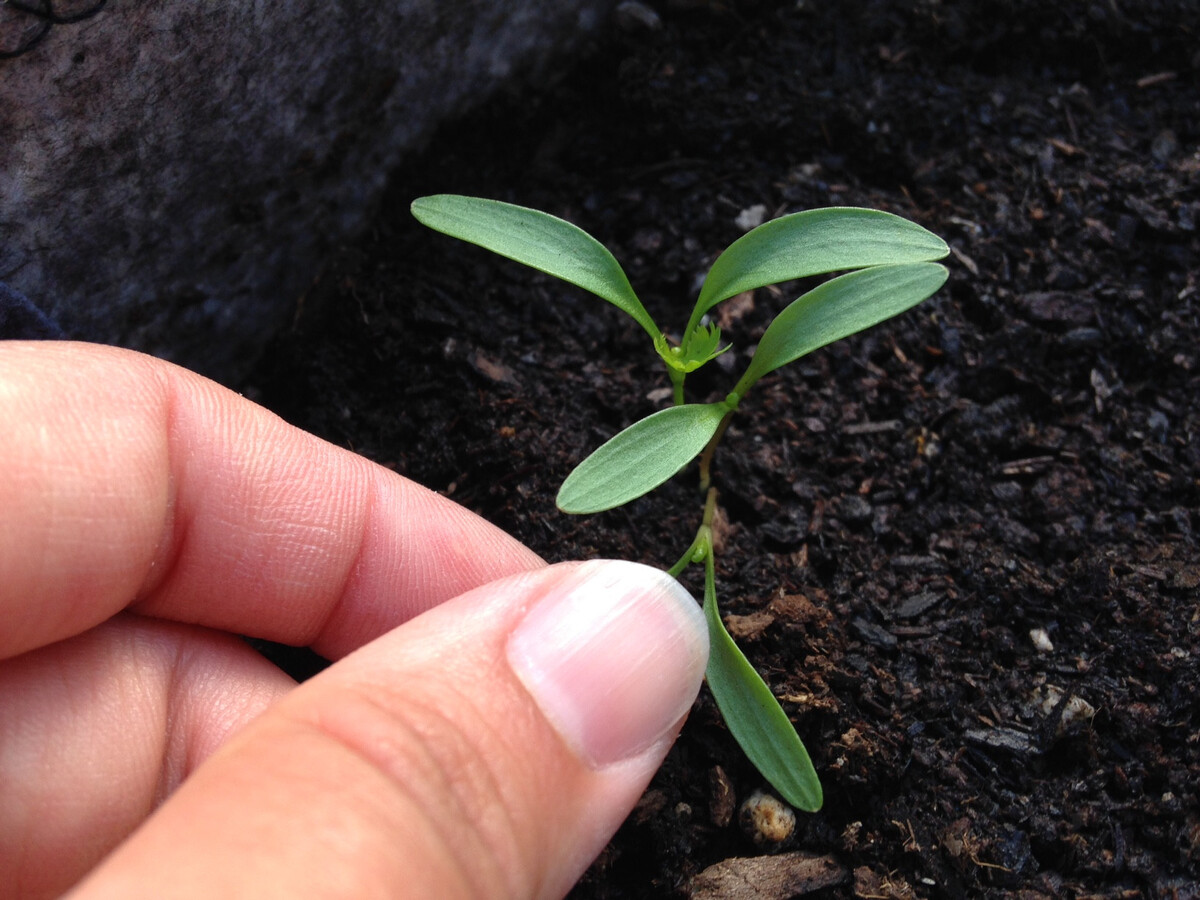

Edible Gardening
When To Thin Cilantro Seedlings
Published: January 2, 2024
Discover when to thin cilantro seedlings in your edible garden. Ensure optimal growth and harvest by following these expert tips for thinning.
(Many of the links in this article redirect to a specific reviewed product. Your purchase of these products through affiliate links helps to generate commission for Chicagolandgardening.com, at no extra cost. Learn more)
Table of Contents
Introduction
Welcome to the world of edible gardening! One of the most rewarding experiences for gardening enthusiasts is growing their own herbs, vegetables, and fruits. Not only does it allow you to have fresh and organic produce right at your fingertips, but it also provides a sense of accomplishment and satisfaction. If you’re new to the world of edible gardening or looking to expand your knowledge, one herb that you may consider growing is cilantro.
Cilantro, also known as coriander, is a popular herb widely used in various cuisines around the world. Its delicate leaves and pungent aroma add a burst of flavor to dishes, making it a favorite among home cooks and professional chefs alike. Whether you’re planning to use cilantro in salsas, salads, or as a garnish, knowing when and how to thin cilantro seedlings is essential for their healthy growth and flavor development.
Thinning cilantro seedlings refers to the process of removing excess plants to allow the remaining ones enough space, sunlight, and nutrients to thrive. While it may seem counterintuitive to remove plants that you’ve worked hard to cultivate, thinning is crucial to promote better air circulation, prevent overcrowding, and encourage robust growth.
In this article, we’ll delve into the factors to consider when thinning cilantro seedlings, the optimal timeframe for thinning, the signs to look for, the steps to follow, and the precautions to take. By the end, you’ll have a thorough understanding of how to ensure the health and productivity of your cilantro plants.
Factors to Consider
Before diving into the process of thinning cilantro seedlings, there are a few factors you should consider. These factors will help determine the ideal time for thinning and ensure the success of your cilantro plants.
1. Germination rate: Cilantro seeds can have varying germination rates, meaning that not all seeds will sprout at the same time. It’s important to give the seeds enough time to germinate fully before considering thinning. If you remove seedlings too early, you may unintentionally remove plants that just need a little more time to develop.
2. Seedling size: When deciding on when to thin your cilantro seedlings, consider their size and developmental stage. Ideally, you want the seedlings to have a few sets of true leaves along with a well-established root system. This indicates that the seedlings are strong enough to withstand the thinning process and have a better chance of survival.
3. Spacing requirements: Cilantro plants require adequate spacing to grow to their full potential. Crowded plants can compete for sunlight, water, and nutrients, which can hinder their growth and make them more susceptible to diseases and pests. Understanding the spacing requirements of cilantro will help you determine the number of seedlings that need to be removed.
4. Environmental conditions: Consider the current environmental conditions, such as temperature and humidity, when determining the timing of thinning. Cilantro thrives in cool weather, so if the weather is too hot or dry, it’s best to wait until conditions become more favorable for the plants to withstand the thinning process.
5. Harvest requirements: If you’re growing cilantro primarily for its leaves, it’s important to consider your harvest needs. Thinning the seedlings at regular intervals can ensure a continuous supply of fresh leaves for your culinary endeavors. Plan accordingly and stagger the thinning process to maximize your harvest throughout the growing season.
Considering these factors will help you make informed decisions about when to thin your cilantro seedlings. Remember that every garden is unique, and adjustments may be needed based on your specific circumstances. By carefully evaluating these factors, you’ll set the stage for healthy, vibrant cilantro plants in your garden.
Timeframe for Thinning
Timing is crucial when it comes to thinning cilantro seedlings. While the exact timeframe may vary depending on various factors, there are general guidelines to follow to ensure optimal growth and productivity.
The first thinning of cilantro seedlings typically occurs around 2 to 3 weeks after germination. At this stage, the seedlings should have developed their first true leaves. True leaves are the second set of leaves that emerge after the initial cotyledon leaves, which are usually smaller and have a rounded shape. Thinning at this point allows you to select the strongest and healthiest seedlings while removing any weaker or slower-growing ones.
It’s important to note that cilantro seedlings grow quickly in the right conditions, so regular monitoring is essential. As the plants continue to grow, a second thinning may be necessary around 4 to 6 weeks after the initial thinning. This secondary thinning helps ensure adequate spacing between the remaining plants and prevents overcrowding.
If you plan to use cilantro primarily for its leaves, you can continue thinning throughout the growing season. This practice is commonly known as “cut and come again,” where you selectively harvest the outer leaves of the plant while allowing the inner ones to continue growing. By thinning and harvesting on a regular basis, you’ll encourage fresh growth and a continuous supply of flavorful cilantro.
Remember to consider the growth rate and spacing requirements of cilantro when determining the timeframe for thinning. Some varieties of cilantro may require more space due to their larger size, while others can tolerate slightly closer spacing. Adjustments may also be necessary based on your climate and growing conditions.
By closely monitoring your cilantro seedlings and adhering to the recommended timeframes for thinning, you’ll set the stage for healthy, vigorous plants that will reward you with abundant, aromatic foliage.
Signs to Look for
Knowing when to thin cilantro seedlings involves closely observing the plants for specific signs. These signs indicate that the seedlings are ready for thinning and provide valuable insights into their overall health and development. Keep an eye out for the following signs before proceeding with the thinning process:
1. Crowded growth: As cilantro seedlings continue to grow, they may become crowded, with multiple plants competing for limited resources. Look for dense clusters of seedlings in one area, especially if they are beginning to touch or overlap with one another. Crowded growth indicates that there isn’t enough space for the plants to develop properly and signals the need for thinning.
2. Stunted growth: Slow or stunted growth is another sign that cilantro seedlings may need to be thinned. If some of the seedlings are significantly smaller or lagging behind in growth compared to the others, it’s an indication that they are being outcompeted for nutrients and are struggling to thrive. Removing these weaker seedlings will give the stronger ones a better chance at flourishing.
3. Yellowing or wilting leaves: Observe the leaves of your cilantro seedlings. If you notice yellowing or wilting leaves, it may be a result of overcrowding. When plants are packed too closely together, they can create a humid and stagnant environment, leading to issues such as poor air circulation and increased moisture levels. Thinning the seedlings will address these issues and promote healthier leaf growth.
4. Lack of sunlight penetration: Cilantro requires an adequate amount of sunlight to grow robustly. If you notice that the seedlings are casting shadows on each other or blocking sunlight from reaching the lower leaves, it’s a sign that thinning is necessary. By removing excess seedlings, you’ll allow more sunlight to penetrate the remaining plants, ensuring proper photosynthesis and leaf development.
5. Root bound seedlings: Check the roots of your cilantro seedlings. If you notice dense, tangled, or circling roots, it’s a clear indication that the plants have outgrown their current space and are root bound. Root bound seedlings can lead to stunted growth and nutrient deficiencies. Thinning will give the remaining seedlings room to develop a healthy root system and access the necessary nutrients for optimal growth.
By being attentive to these signs and regularly assessing the condition of your cilantro seedlings, you can determine when it’s time to thin them. Thinning at the right moment will contribute to the overall health and vigor of your cilantro plants, ensuring a bountiful harvest of fresh and flavorful leaves.
Steps to Thin Cilantro Seedlings
Thinning cilantro seedlings is a straightforward process that can be done with a minimal amount of effort and tools. Follow these steps to ensure a successful thinning process:
1. Choose the right time: As mentioned earlier, thin cilantro seedlings when they have developed their first true leaves and are around 2 to 3 weeks old. This will give the remaining seedlings the best chance of survival and growth.
2. Prepare the soil: Before thinning, water the soil thoroughly to ensure it is moist and easy to work with. This will help minimize any damage to the remaining seedlings’ roots during the thinning process.
3. Assess the seedlings: Take a close look at all the cilantro seedlings and identify the strongest and healthiest ones. Look for seedlings with a robust stem, vibrant green color, and well-developed leaves.
4. Carefully remove excess seedlings: Gently grasp the stems of the seedlings you want to remove, close to the soil surface. With a slow and steady motion, lift the seedlings from the soil. If necessary, use a small gardening tool like a trowel or a fork to loosen the soil around the roots of the seedlings.
5. Space the remaining seedlings: After removing the excess seedlings, create enough spacing between the remaining seedlings to allow for proper growth. The recommended spacing is typically around 4 to 6 inches apart, but refer to the specific requirements for the cilantro variety you are growing.
6. Water and care for the remaining seedlings: Once the thinning process is complete, water the remaining seedlings gently to settle the soil around their roots and provide them with the necessary moisture. Continue to care for the seedlings, making sure they receive adequate sunlight, water, and nutrients throughout their growth.
7. Regularly monitor and maintain: Keep a close eye on the remaining cilantro seedlings and monitor their progress. Remove any weeds that may compete with the plants for nutrients and resources. Regularly water, fertilize, and provide support if necessary to ensure healthy growth.
By following these steps, you’ll thin cilantro seedlings effectively and provide the remaining plants with the space and resources they need for optimal development. With proper care and attention, your cilantro plants will thrive and provide you with a plentiful harvest of aromatic, flavorful leaves.
Precautions to Take
While thinning cilantro seedlings is a relatively simple process, there are a few precautions to keep in mind to ensure the best results and minimize any potential risks:
1. Handle seedlings with care: When removing and transplanting seedlings, handle them gently to avoid damaging their delicate roots and foliage. Be mindful of the pressure applied to the stems and leaves to prevent any breakage or bruising.
2. Avoid disturbing the remaining seedlings: While thinning, take care not to disturb the roots or foliage of the remaining seedlings. Disturbing the plants excessively during the thinning process can cause stress and hinder their growth and development.
3. Water after thinning: After thinning the cilantro seedlings, water the remaining plants gently to help settle the soil and provide adequate moisture. This will assist the plants in recovering from the thinning process and establish their roots in the newly created spacing.
4. Prevent disease transmission: Ensure your gardening tools are clean and sanitized before thinning, especially if you’ve been working with other plants or soil that may harbor diseases. This will help prevent the transmission of any potential pathogens to the cilantro seedlings.
5. Thin gradually and stagger the process: Instead of thinning all the seedlings at once, consider thinning gradually in multiple sessions. Staggering the thinning process allows the remaining seedlings to adjust to their new spacing and reduces the shock of sudden removal of neighboring plants.
6. Dispose of excess seedlings appropriately: Properly dispose of the excess seedlings that have been removed. Avoid composting these seedlings, as they may carry potential diseases or pests. Bag them and dispose of them in the appropriate manner recommended by your local waste management guidelines.
7. Adjust spacing based on variety: Different cilantro varieties may have different spacing requirements. Refer to the specific instructions provided with the seeds or plants to determine the optimal spacing for the variety you are growing. Adjust the spacing accordingly to ensure the best growth and yield.
8. Monitor for post-thinning stress: Keep a close eye on the remaining seedlings after the thinning process. Occasionally, the transplant shock may result in temporary wilting or slower growth. Provide extra care, such as shielding the seedlings from strong sunlight or gently misting their leaves to alleviate stress.
By taking these precautions into consideration, you’ll ensure a smooth and successful thinning process for your cilantro seedlings. With proper care and attention, your cilantro plants will thrive and provide you with a bountiful harvest of aromatic leaves to enhance your culinary creations.
Conclusion
Cilantro is a versatile and flavorful herb that can add a vibrant touch to your dishes. Thinning cilantro seedlings is a crucial step in ensuring the healthy growth and productivity of your plants. By assessing the factors, timing, and signs discussed in this article, you can make informed decisions about when and how to thin your cilantro seedlings.
Remember to choose the right time to thin, considering factors such as germination rate, seedling size, spacing requirements, environmental conditions, and harvest needs. Look for signs of overcrowding, stunted growth, yellowing leaves, lack of sunlight penetration, and root-bound seedlings as indicators that it’s time to thin. Follow the step-by-step process of carefully removing excess seedlings and creating adequate spacing for the remaining plants.
Throughout the process, take necessary precautions, such as handling seedlings gently, avoiding disturbance of the remaining seedlings, watering after thinning, preventing disease transmission, and disposing of excess seedlings appropriately. Furthermore, adjust spacing based on the variety of cilantro you are growing, and monitor for any post-thinning stress to ensure the best growth and development.
Thinning cilantro seedlings may seem counterintuitive at first, but it is a crucial step in promoting strong and healthy plants. Through proper thinning, you’ll allow the remaining seedlings to have the necessary space, sunlight, and nutrients they need to thrive. As a result, you’ll be rewarded with abundant, flavorful cilantro leaves to enhance your culinary creations and enjoy the satisfaction of growing your own fresh herbs.
So go ahead, put your newfound knowledge into practice, and embark on a rewarding journey of growing and harvesting the perfect cilantro for your culinary adventures. Enjoy the process and savor the delicious flavors that cilantro brings to your plates!
